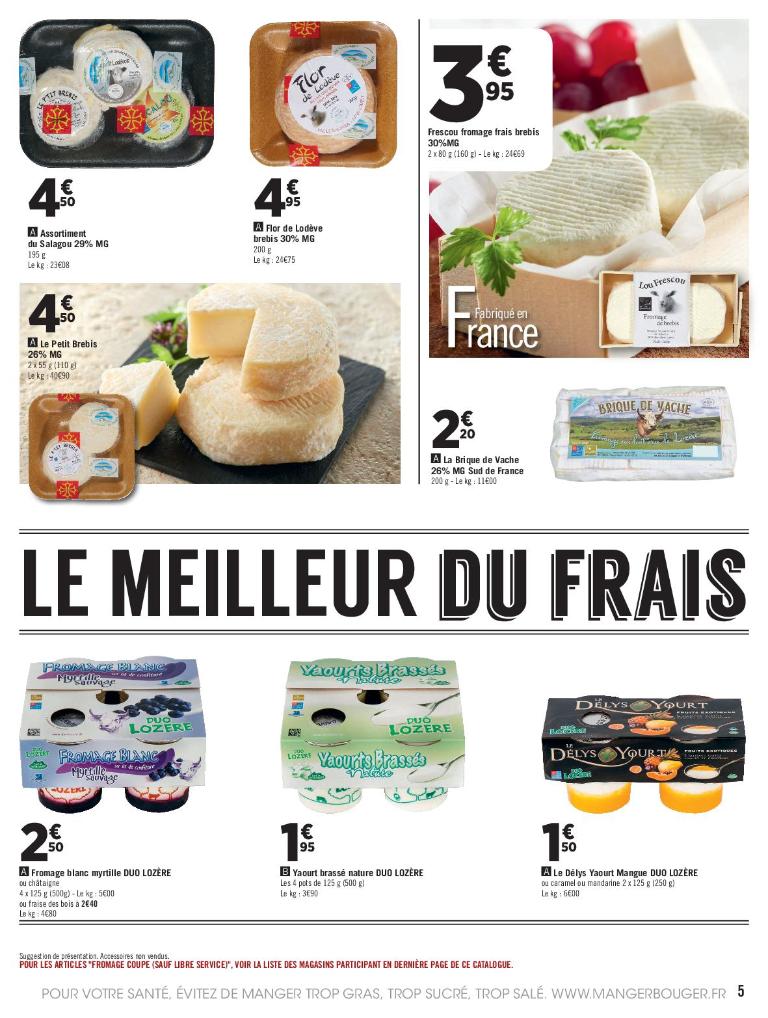Fromage blanc is a creamy soft cheese made with whole or skimmed milk and cream. It is similar to some kinds of quark.Pure fromage blanc is virtually fat free, but cream is frequently added to improve the flavour, which also increases the fat content, frequently to as high as 8% of total weight. A close cousin to Roquefort, the Bleu des Causses is matured for 3 to 6 weeks in the natural caves of the gorges du Tarn. These caves are exposed to the north and are ventilated by 'fleurines', natural chimneys formed in the cliffs.

Fromage blanc served on a plate with jam, with its container | |
| Alternative names | maquée, fromage frais |
|---|---|
| Place of origin | France |
| Main ingredients | whole or skimmed milk, cream |
| |
Fromage blanc (UK: /ˌfrɒmɑːʒˈblɒ̃/;[1]French pronunciation: [fʁɔmaʒ blɑ̃]; also known as maquée) is a fresh cheese originating from the north of France and the south of Belgium. The name means 'white cheese' in French. Fromage frais ('fresh cheese') differs from fromage blanc in that, according to French legislation, fromage frais must contain live cultures when sold, whereas with fromage blanc, fermentation has been halted.[2]

Fromage blanc is a creamy soft cheese made with whole or skimmed milk and cream. It is similar to some kinds of quark. Pure fromage blanc is virtually fat free, but cream is frequently added to improve the flavour, which also increases the fat content, frequently to as high as 8% of total weight.[citation needed]
Fromage blanc can be served either as a dessert similar to yogurt, frequently with added fruit, spread on bread,[3][4] usually over or under jam, or used in savoury dishes. In many Western countries, fromage blanc is sold in supermarkets alongside yogurts.


See also[edit]

References[edit]
Gateau Au Fromage Blanc
- ^fromage blanc in the Oxford British & World English Dictionary
- ^Note d'information accompagnant le décret n°2007-628 relatif aux fromages et spécialités fromagères Ministère de l'économie
- ^New York Magazine. New York Media. October 1990. p. 75. Retrieved June 23, 2017.
- ^Hastings, C.; De Leo, J.; Wright, C.A. (2014). The Cheesemonger's Seasons: Recipes for Enjoying Cheeses with Ripe Fruits and Vegetables. Chronicle Books LLC. p. 80. ISBN978-1-4521-3554-0. Retrieved June 23, 2017.
Fromage Blanc Geant Casino Buffet
